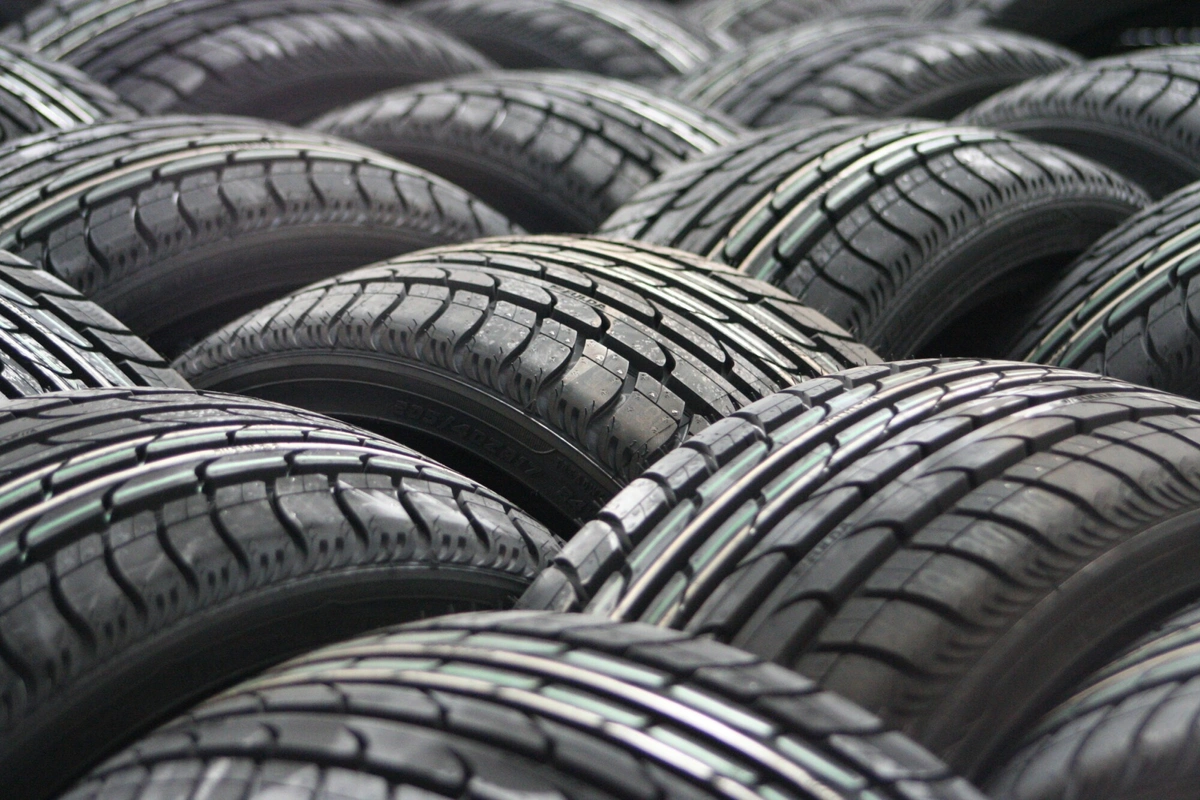How to Check Tyre Tread
According to government data, in the UK, more than a quarter (27 per cent) of all MOT failures are caused by tyre defects. Do you know how to check tyre tread?
Keeping an eye on the condition of your tyres is essential. It’s important to understand what tyre tread depth means and more importantly, when it's time to replace tyres.
Bald tyres can have major implications on road safety and vehicle performance. Find out exactly how you can check if you need new tyres or not. Save yourself from unnecessary trips to the mechanic.
Learn everything you need to know in our simple guide now and start taking better care of your tyres!
Why Regularly Check Your Tyre Tread
Regularly checking your tyre tread is important, as it will help you identify any potential problems before they become dangerous or costly. Doing this on a regular basis will ensure your tyres are safe and roadworthy.
If you ignore the tyre tread of your vehicle, you are risking a number of potential problems.
If your tyres have worn down to a dangerous level, it could cause major issues with road safety and performance. If your tyres are not up to the legal limit for tread depth, then your car may fail an MOT test. This could result in a hefty fine if you're pulled over by the police, or costly replacements.
What Is the Recommended Tyre Tread Depth?
The minimum legal tyre tread depth in the UK is 1.6mm across the central three-quarters of the tyre.
However, it's recommended to replace your tyres when they reach 3mm, as this will ensure maximum performance and safety from your tyres.
You should always check all four of your tyres to make sure they are at the right tread depth. Additionally, you should also check for any other signs of wear and tear, such as uneven tyre wear or bulges in the sidewalls. You can check out our extensive guide to tyre checks with pictures over here
Common Causes of Tyre Defects
It's not uncommon to have different levels of wear on each tyre. This can be caused by a range of reasons. Here are some of the typical reasons why tyre defects happen:
- Poorly maintained roads and pathways
- Low-pressure tyre inflation
- Overloading your vehicle with heavy items
- Wheels aren't balanced properly
- Driving over a curb or pothole
- Worn-out tyres from too much usage
How to Check Tyre Tread
Before checking your tyre tread, you should first conduct a visual inspection of your tyres.
Check for any visible signs of damage or wear and tear such as cracks, bulges, punctures or even embedded objects. If there’s anything wrong with your tyre, it’s important to get them changed immediately.
What to Look For When Checking Tyre Tread
Check the grooves in your tyres and make sure they're deep enough for water to be dispersed when driving in wet conditions. Uneven tread can also indicate potential issues with your tyres, as this indicates a lack of rotation or alignment.
Using the 20p Test to Measure Tyre Tread
One of the simplest ways to check tyre tread depth is by using a 20p coin. Place the coin in the groove of your tyre and if you can still see the outer band, then your tyres are below the legal limit and need replacing.
However, it's always best to use an official measurement tool. A tyre tread gauge will give you an accurate reading. This will help to ensure that your tyres are safe and legal.
How Often Should You Check Tyre Tread Depth
It is important to regularly check the tread depth so that they remain safe and legal. Tyres should be checked at least once a month, or before long journeys, such as going on a road trip. It's also essential to check the pressure of your tyres at the same time as the tread depth check.
How to Ensure Maximum Performance and Safety from Your Tyres
Ensuring maximum safety from your tyres is essential to ensure optimum performance and a comfortable ride. To make sure you get the most out of your tyres, it is important to follow some simple but effective tips.
Tyre Pressure
Check your tyre pressure regularly. Tyres should be inflated to the right pressure as indicated in your car manual. If you're unsure, consult with a tyre professional to ensure they’re at the correct pressure.
Tyre Rotation
Rotate your tyres every 5-10 thousand miles. This will distribute the wear and tear evenly and extend the life of your tyres.
Align Your Wheels
Make sure your wheels are properly balanced. Have regular wheel alignment checks as this will help prevent premature wear and tear on your tyres. If you notice a juddering while you drive, it's time to get it checked.
Vehicle Storage
If possible, store your car somewhere in the shade. Avoid prolonged exposure to direct sunlight, and store it away from heat sources to stop them from deteriorating as quickly.
Do You Have Enough Tyre Tread?
We've covered several ways of how to check tyre tread. It's an easy yet important part of car maintenance. Check your tyre tread depth and pressure regularly to ensure that they remain safe and legal. Additionally, it will help you get maximum performance from your tyres while also extending their lifespan.
If you need replacement tyres, then visit Tyre Runner. We have the best selection of replacement tyres to choose from. Plus, our experts can answer any questions you may have about keeping your tyres in good condition. Fill out our easy tyre search form today to search for the best deals and fitters near you.


Comments